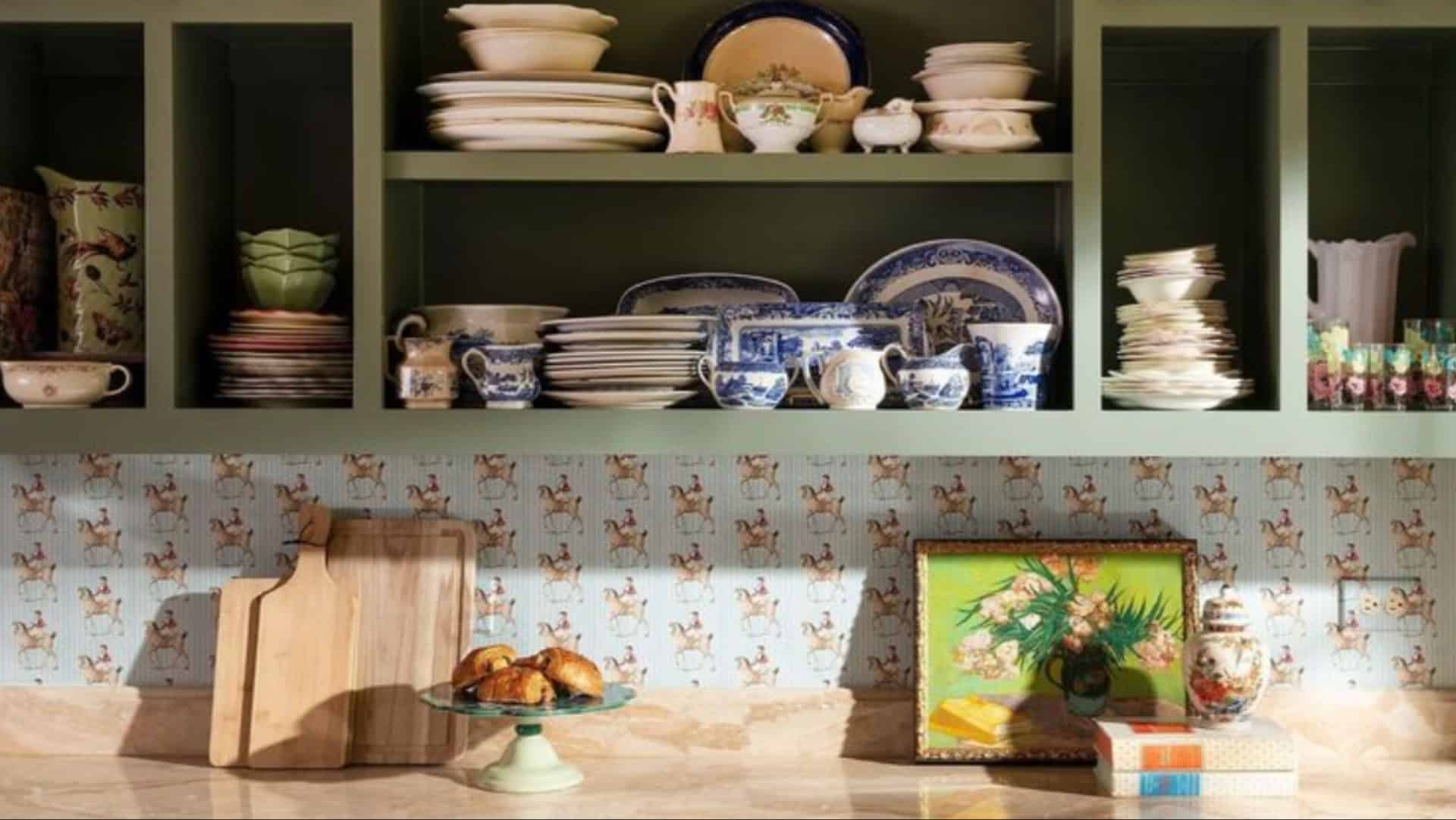Interior design trends often captivate us with their allure and promise of transforming spaces. However, not all trends translate well from Pinterest boards to real life.
While they may appear stunning online, practical limitations often emerge when these designs are applied in actual homes.
We’ll explore 7 overhyped interior trends that might be visually appealing but prove impractical in reality.
Are there ways to make them work in your living space?
1. Velvet Upholstery
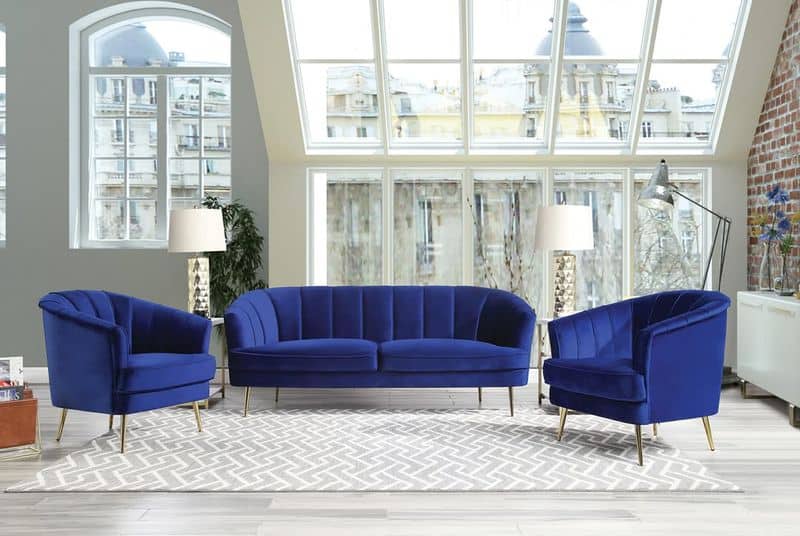
Velvet upholstery conveys luxury and opulence, with its lush texture and rich colors. Nevertheless, it is prone to attracting dust and pet hair, requiring frequent cleaning and care.
Despite its grandeur on Pinterest, maintaining its pristine look in real life can be labor-intensive.
To keep velvet looking fabulous without excessive upkeep, choose darker tones that hide wear better and ensure regular maintenance to preserve its lavish appeal.
2. Shiplap Walls
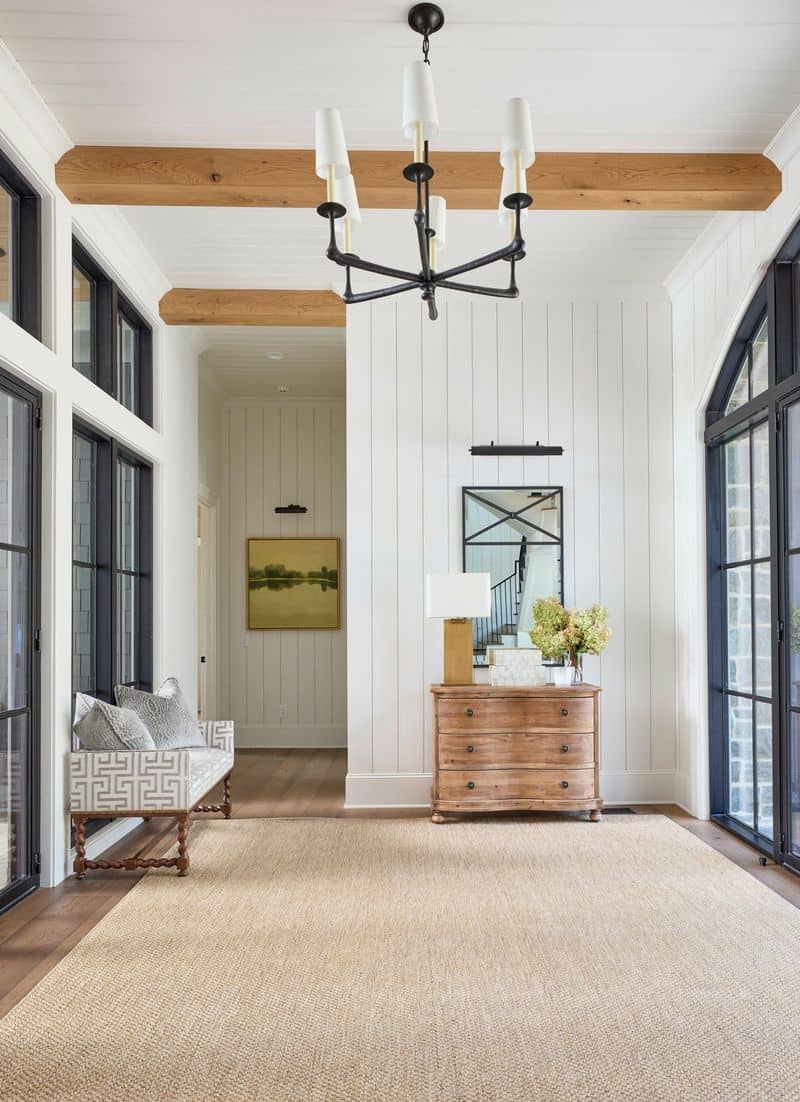
Shiplap walls evoke a sense of rustic charm and are a staple in farmhouse-style interiors.
However, maintaining the cleanliness of shiplap can be daunting due to dust accumulation in the grooves.
What looks effortlessly chic in photos may demand constant cleaning in practice. Additionally, shiplap can make rooms feel smaller if overused.
Incorporating it sparingly, such as in an accent wall, can balance aesthetics with functionality, allowing you to enjoy its charm without overwhelming your space.
3. Industrial Lighting

Industrial lighting fixtures, with their exposed bulbs and metal accents, add a trendy, edgy flair to interiors. However, they can produce harsh lighting and glare, making spaces uncomfortable.
What looks modern and chic in photographs might strain the eyes in real life.
To soften the effect, consider using dimmers or mixing industrial lights with softer, complementary fixtures to create a balanced and inviting atmosphere.
4. Open Shelving
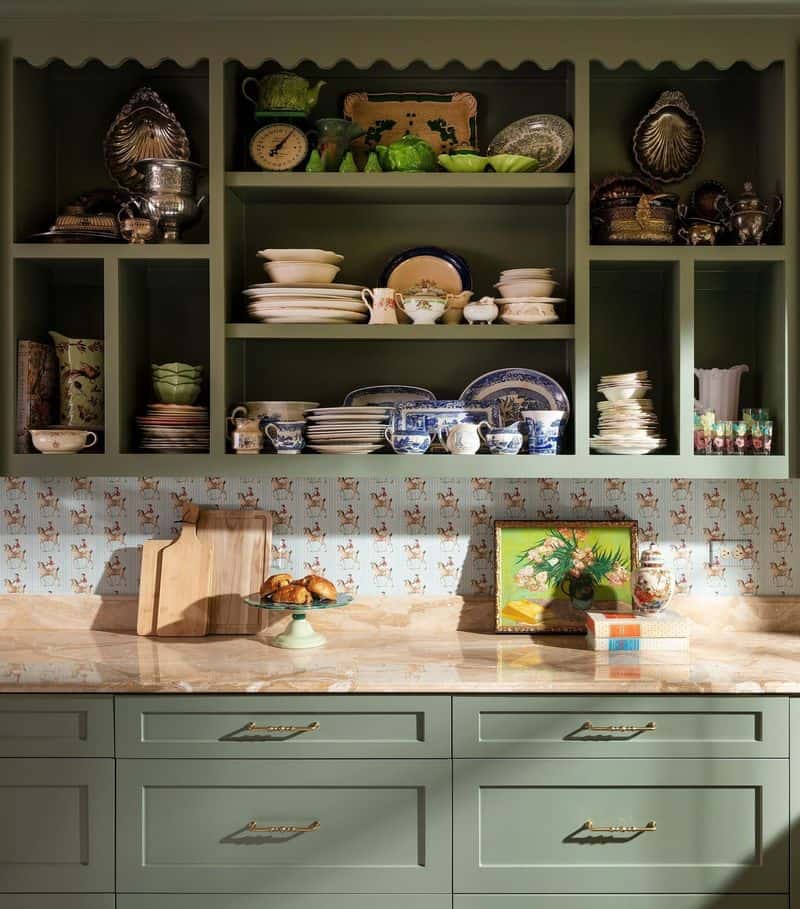
Open shelving in kitchens showcases beautiful dishware and cookware, adding a personal touch to culinary spaces.
Yet, the daily upkeep needed to keep shelves tidy and dust-free can be overwhelming. Unlike enclosed cabinets, every item is on display, requiring thoughtful organization.
While open shelving can enhance openness and accessibility, it’s wise to balance it with cabinetry to conceal less visually appealing essentials, thereby merging style with practicality.
5. Minimalist Furniture

Minimalist furniture, characterized by sleek lines and neutral tones, exudes elegance and simplicity. Yet, its starkness can sometimes feel cold and unwelcoming.
While photographs might capture its beauty, the absence of warmth in real-life settings can be off-putting.
To maintain a minimalist aesthetic while ensuring comfort, incorporate textures and personal touches, such as soft throws or vibrant cushions, to add warmth and personality to the space.
6. Concrete Floors
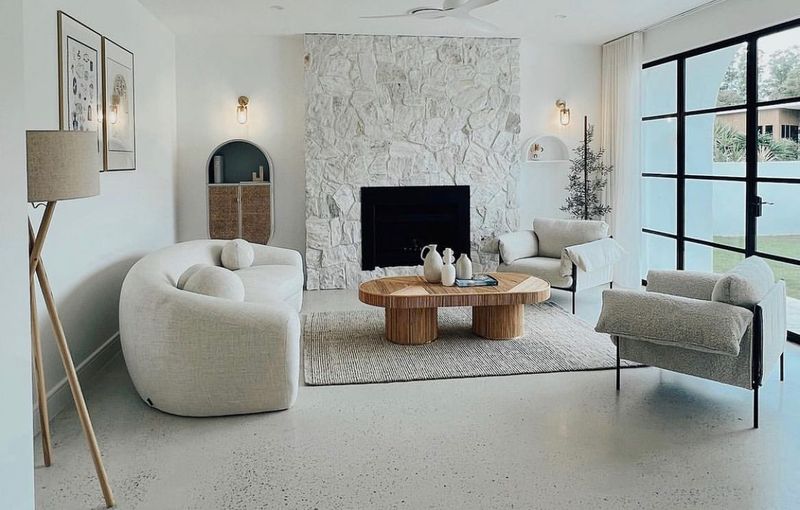
Concrete floors are celebrated for their modern, industrial appeal and durability. However, they can feel cold and hard underfoot, making them less inviting.
Although they photograph beautifully, comfort becomes a concern in day-to-day life.
To mitigate this, consider using area rugs to soften the look and provide warmth.
This approach allows you to enjoy the aesthetic benefits of concrete while ensuring a cozy, comfortable living environment.
7. Macramé Decor
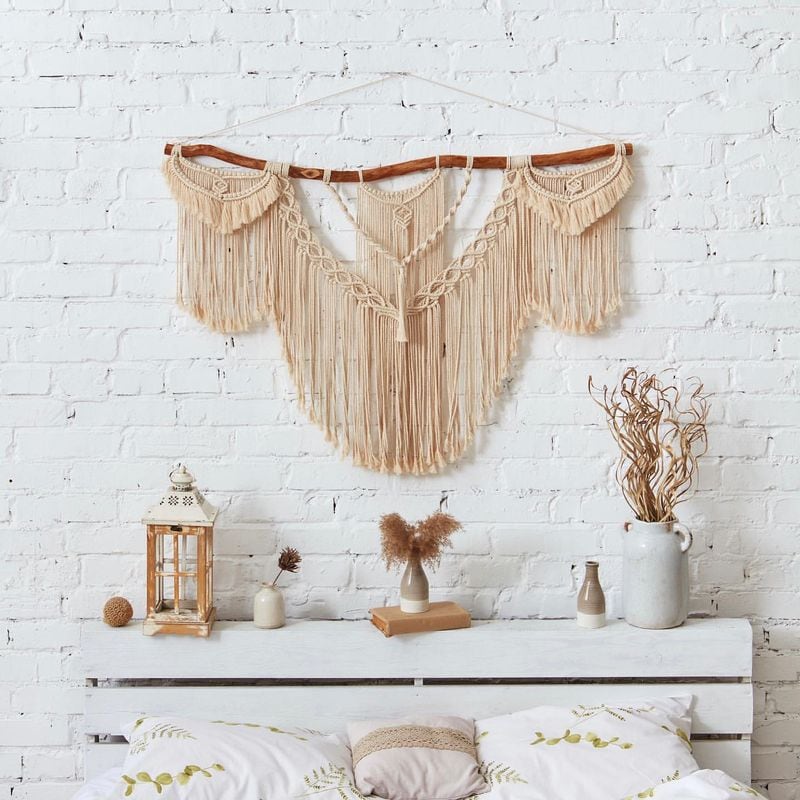
Macramé decor adds a bohemian, artistic touch to interiors, often seen in wall hangings and plant holders.
While stylish, it can be challenging to integrate into diverse decor styles without appearing cluttered.
On Pinterest, it might look effortlessly chic, but in reality, it may not complement every setting.
To make macramé work, use it sparingly as an accent in spaces that already embrace eclectic or natural themes, avoiding an overwhelming look.

